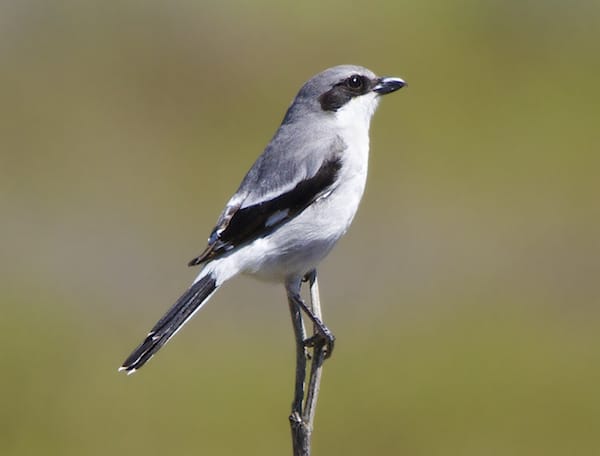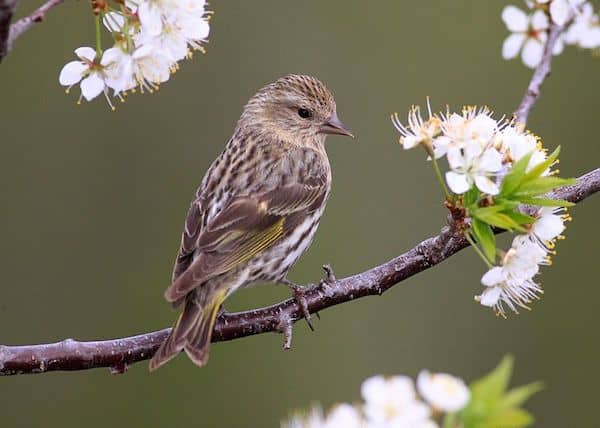Compared to other buteos, such as the red-tailed hawk, the Swainson’s hawk has a thinner body and longer, more tapered wings in flight. The white inner linings on the wings (in flight) are a key field mark, as is the dark brown bib above a white breast. Swainson’s hawks come in light and dark color variations (morphs), so base identification on overall size and shape in flight. Soaring hawks hold their wings above horizontal, similar to a turkey vulture, but do not rock like the turkey vultures do. They are 19 inches in length.
Listen For
The Swainson’s raspy, descending cry—cree-yahh—sounds like a cross between a red-tailed hawk’s scream and a cat’s meow.
Find It
Swainson’s hawks spend the winter eating insects in South America, and in spring they head back to the Great Plains, where they nest in isolated groves of large trees. When they migrate, they form flocks of thousands of birds. Outside the breeding season, they can be found socializing with other raptors perched on fence posts and utility poles.
Feeding Behavior
To hunt, these hawks will catch rodents in flight or chase insects on the ground. The birds will forage for grasshoppers and dragonflies in their winter home in South America. When feeding their young, Swainson’s hawks stick to the usual North American buteo diet of rodents, rabbits, and reptiles.
Nesting Behavior
Swainson’s hawks have the longest migration pattern of any American raptor, taking off for their Argentinian wintering grounds in the fall. For their summers in the American West, the hawks like wide-open spaces. They build their nests in a tree, often in the only tree for miles and have been found in grasslands, sage fields, or agricultural fields where natural foliage still grows.
Wow!
Swainson’s hawks sometimes migrate in huge flocks. One wintering flock in Argentina contained more than 12,000 birds!




